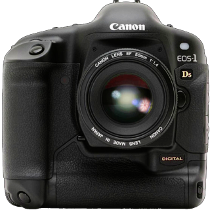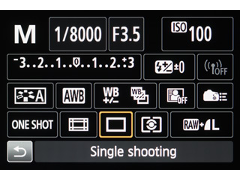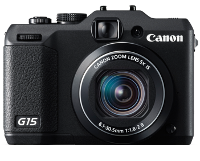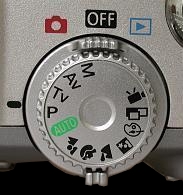These notes are general and do not apply to any specific camera, practices may vary with different models.
Most cameras will have control over a number of properties, the more sophisticated the camera the more control.

 Image Size/Quality:
Image Size/Quality:
In general terms to get the best from the camera use the highest settings. For images to be used on the web, or to get the most images on the camera reduce the size.
Image Size:
Most cameras will offer a range of image size, they may show the resolution by pixel e.g. 2400X1600 or they may show best, high, good, fair, or large medium, low.
These options will determine the size of image captured which will determine the size of the print possible.
Image Quality:
Most cameras save images as compressed jpg files. This file type offers variable compression. The lower the compression, the less loss of quality and therefore the better the image. High compression allows more images to be stored on the card but increases the chance of digital noise and 'image blocking'.
Typical options for jpg capture are best, high, good, fair, or large medium, low.
More advanced cameras may offer an uncompressed option, usually Raw or Tif.
For best results use Raw capture.




